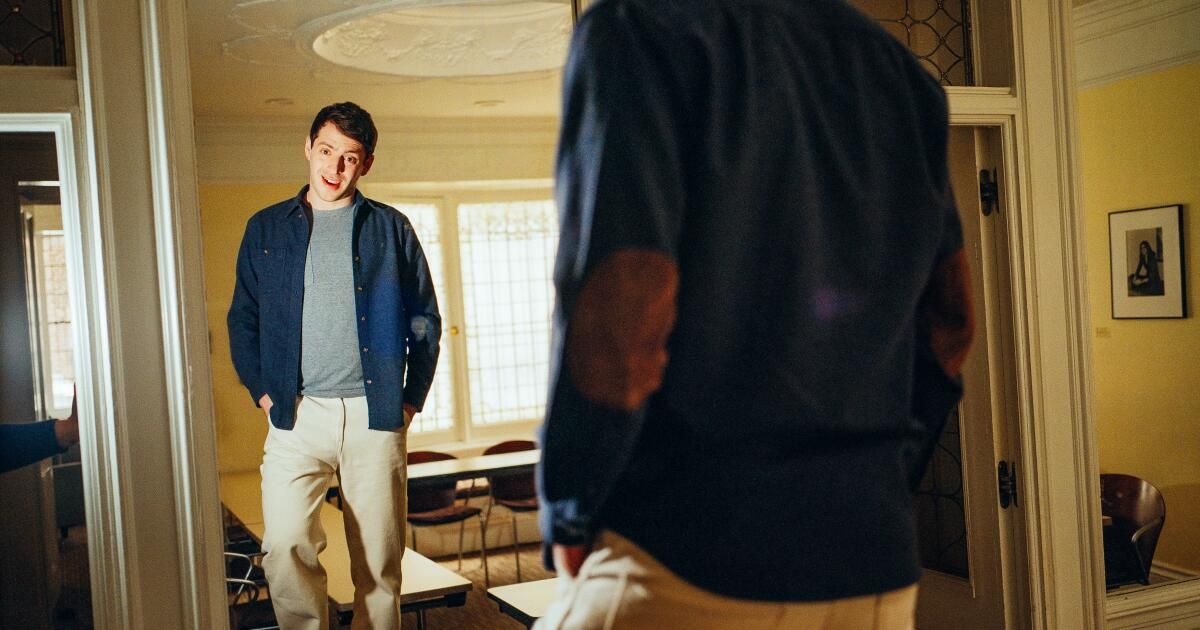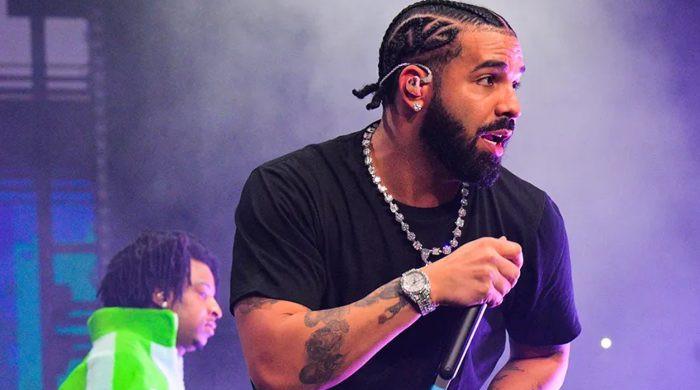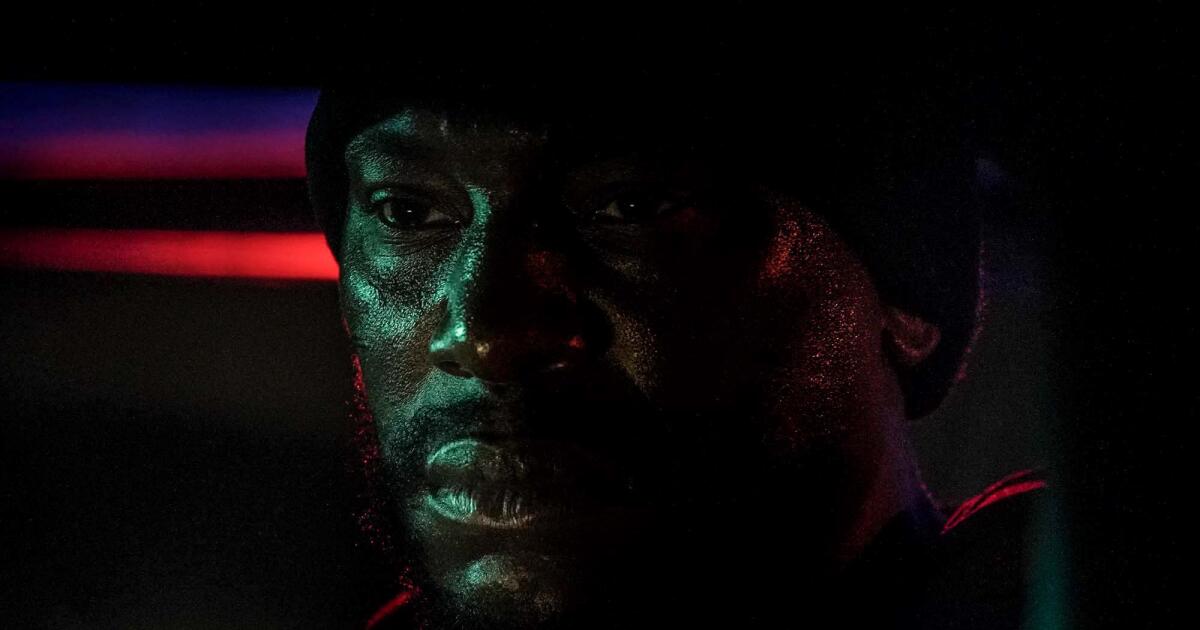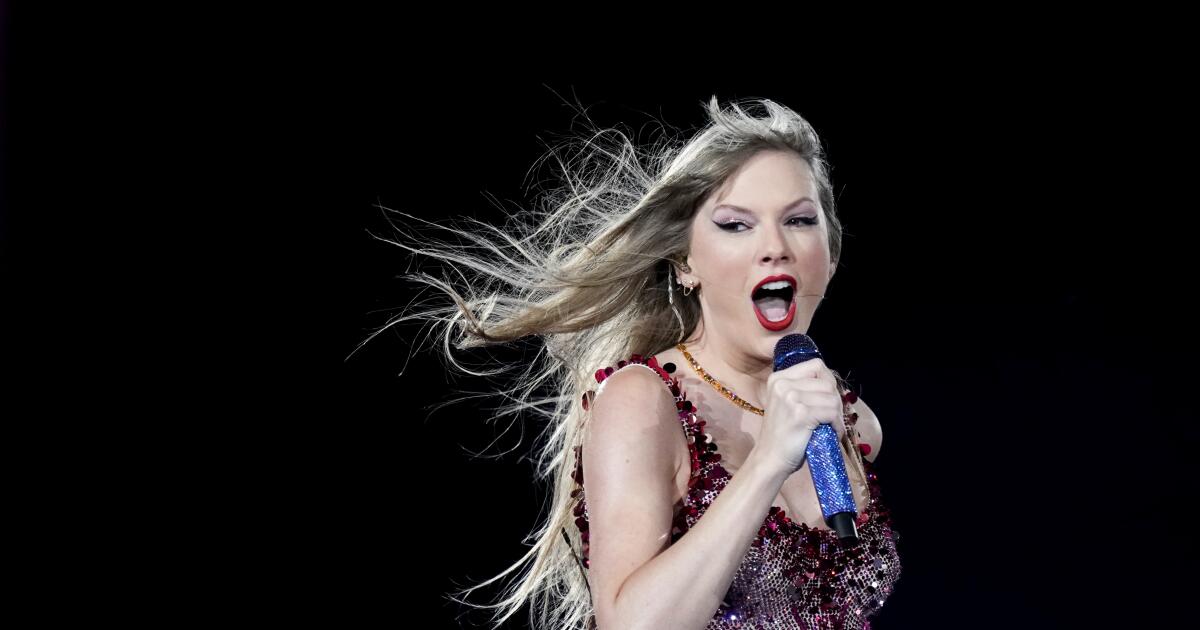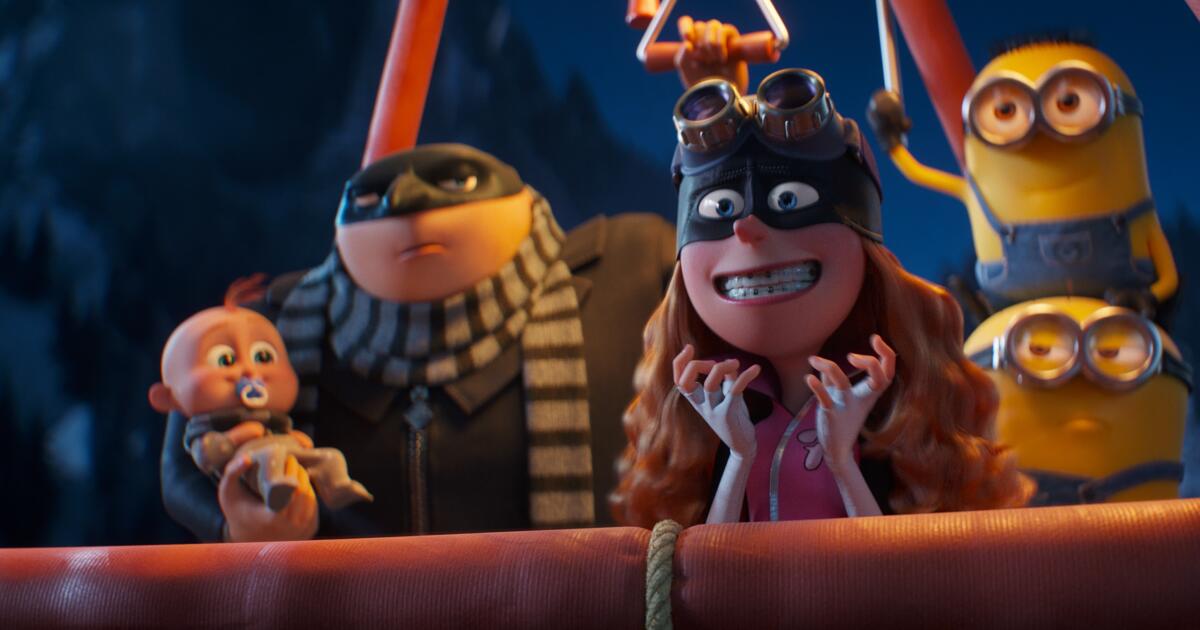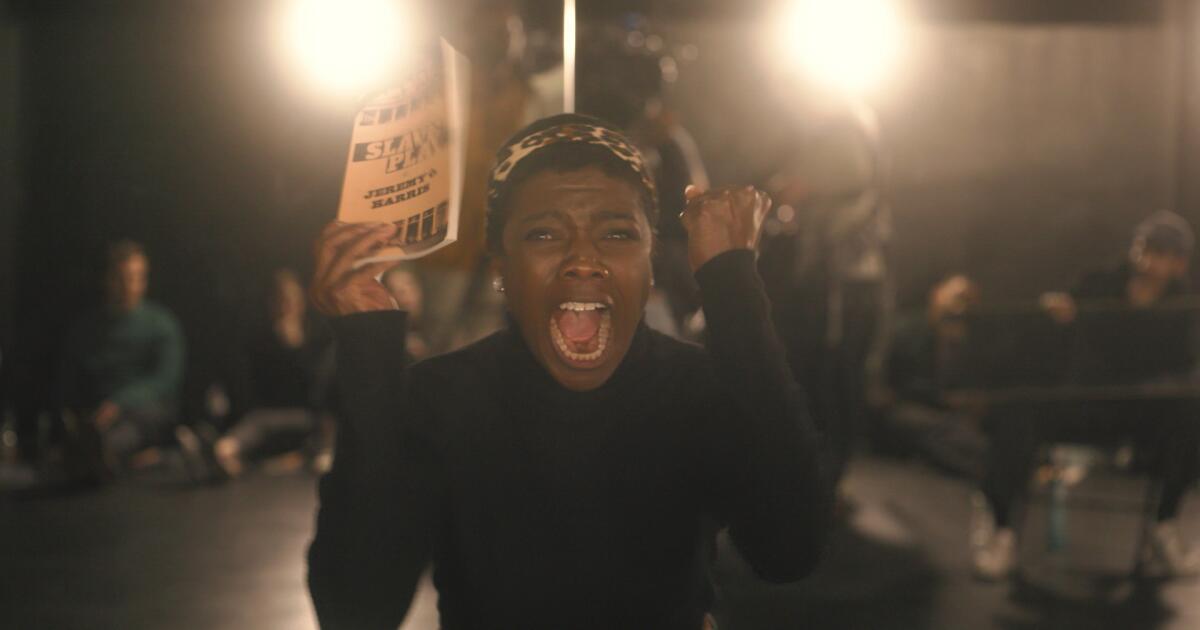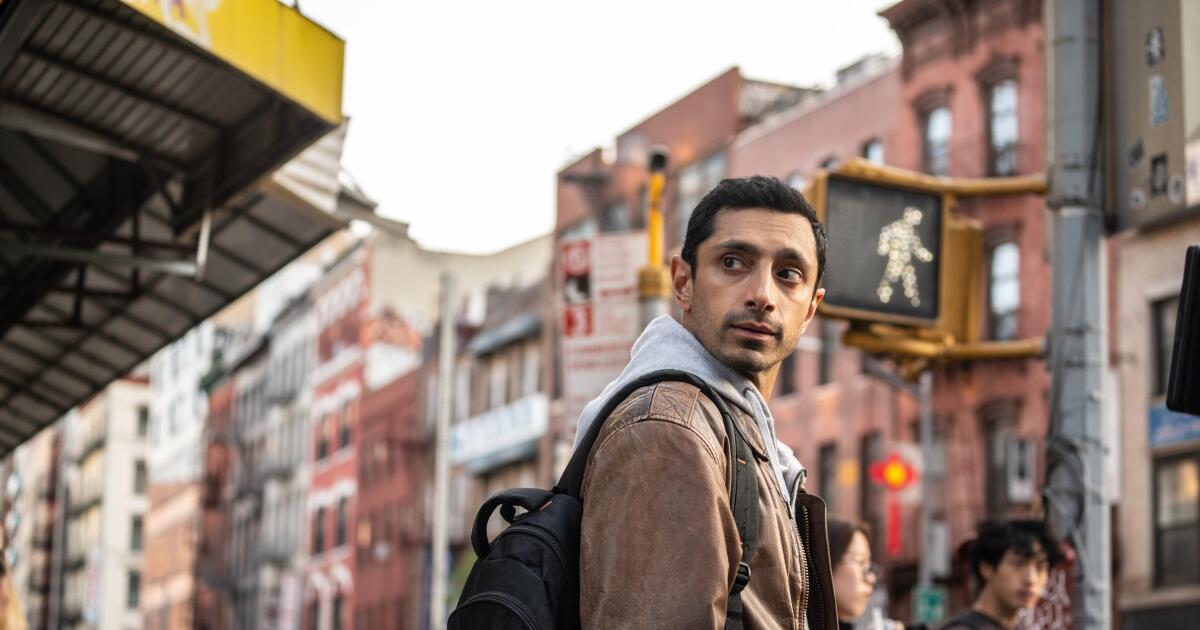I am sometimes asked how to create a solo exhibition.
Well, if you're me, at least, that's how you start. First, gather up all the stand-up material you've gleaned from comedy sets in Brooklyn breweries or Midwestern towns or Scottsdale malls and put them in various notebooks, emails to yourself, or on the back of receipts. Then, go to London and sit at a table with your friend Adam Brace. Then take all that stuff and throw it like rice at a wedding, at Adam, who, fortunately, is also your long-time director.
For me, the phrase “solo exhibition” has always been something of an oxymoron. I do my individual exhibitions sharing ideas with other people. Especially Adam.
This is how “Just for Us” began. Before it was a Broadway offering, a touring show your friend's aunt really liked, or a streaming special, my one-man show was a story I told to a friend over three ciders to try to make him laugh. This is my process. I find the friend I most want to be seen as intelligent and empty my mental backpack on the table in front of him.
Adam sat on the other side of that table, a drink in front of me. He would sputter and “mmm,” click and scribble on a Moleskine, and every once in a while, he would give me my favorite sound in the world, which was that big, booming, booming laugh that meant there was something there. And I told Adam this story about something that had happened since I last saw him: I had gone to a white nationalist meeting in Queens, New York, and I sat there for a while before they discovered me. The story would be more interesting to Adam than to a stranger: he knew my neuroses, my desire to please, my Orthodox Judaism from having worked together on two previous shows, and from his interjections and provocations, the narrative was beginning to emerge. “That story,” he told me, “there's something there. It might be enough for a show.”
Adam was right. Besides the fact that the meeting was a stage where many parts of me could appear for comic examination, there was a tangentially geopolitical aspect. The question the audience found interesting was the double bind of whiteness: In that room, I was allowed in because the color of my skin allowed me to pass for what attendees considered socially acceptable, but I was considered excluded because of my Judaism.
In the sandbox, I found jokes that were timely but also dated. And it's not just limited to Jews. Audiences of all backgrounds found value in a story that, in my opinion, was more about assimilation than anti-Semitism. And the conversations sparked by the program resonated with him. Answering a tough question on a sidewalk after Tuesday's show could end up there Thursday.
Later, I found help in a different conversation, at a different table, 5,000 miles from where I ate with Adam. I went to see Mike Birbiglia's show, “The New One,” and then took him to Grand Central Market for some Thai food. After a few bites, Birbiglia said, “I heard you have a decent solo show.”
“Yes, the last one.”
“What is it about?”
Comedian Alex Edelman shaped his solo show with Adam Brace, Mike Birbiglia and Alex Timbers. He also received notes from comedy legends Billy Crystal, Jerry Seinfeld and Steve Martin.
(Peter Fisher / for The Times)
I told. She blinked and stopped eating for a second.
“That's not your last show,” he told me, “that's your next show.”
Birbiglia reflected.
“Why don't we set him up in New York for a night and, for what it's worth, maybe do something with him?”
Birbiglia's guidance was also essential in starting the show. It helps that he is probably the best solo show artist in the country and that he has done this before with Jacqueline Novak's “Get on Your Knees.” He encouraged even tighter adherence to the main narrative, and Adam and I set out to eliminate 20 minutes of tangential jokes and add about 30 minutes of new ones.
When the show opened in New York, it found a home with off-Broadway audiences. Word of mouth and additional notes from visiting comedy legends (Billy Crystal, Jerry Seinfeld, Steve Martin) helped bring it to Broadway, where it was filmed for HBO. And the conversations. They carried the show and then me through some tough times. A show-threatening omicron shutdown, an illness, and the loss of Adam, who passed away at the end of April 2023. I couldn't miss him more. A final essential collaborator was the multi-talented Alex Timbers, who, acting as creative consultant and eventual director of the special, elevated it in a way that no one else could have done for Broadway and the capture of it.
When I first saw the special as a finished piece, I saw behind the jokes the crumbs of countless arguments, debates, and the eagle-eyed stage masters and audience members who had helped me turn it into something.
Like I said, people ask me all the time how to do a solo show. It is easy.
All you need is thousands more people.

